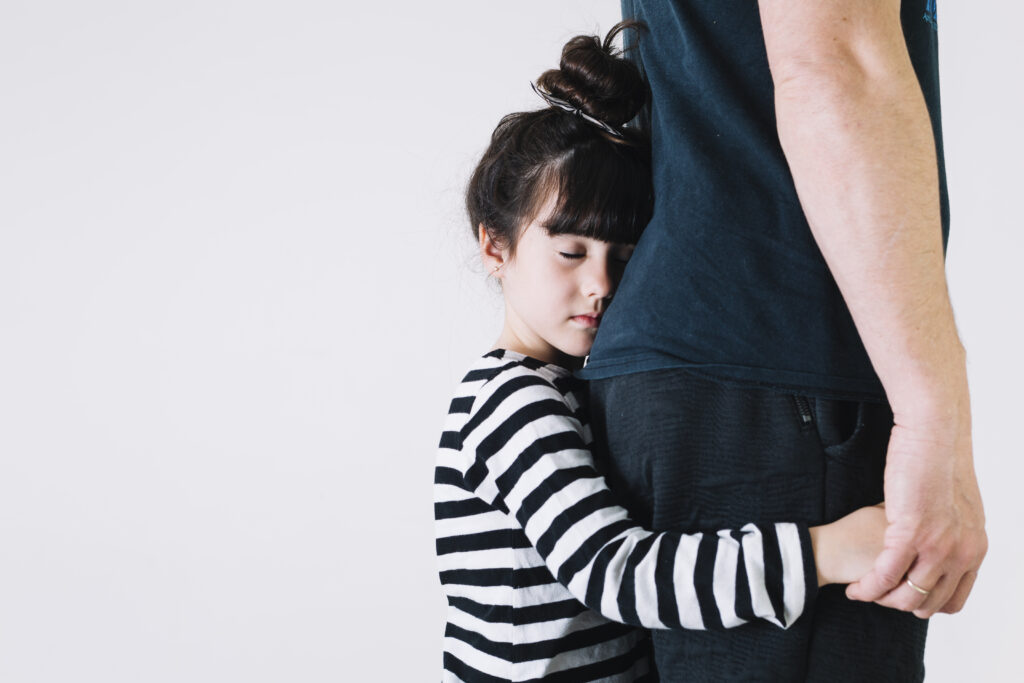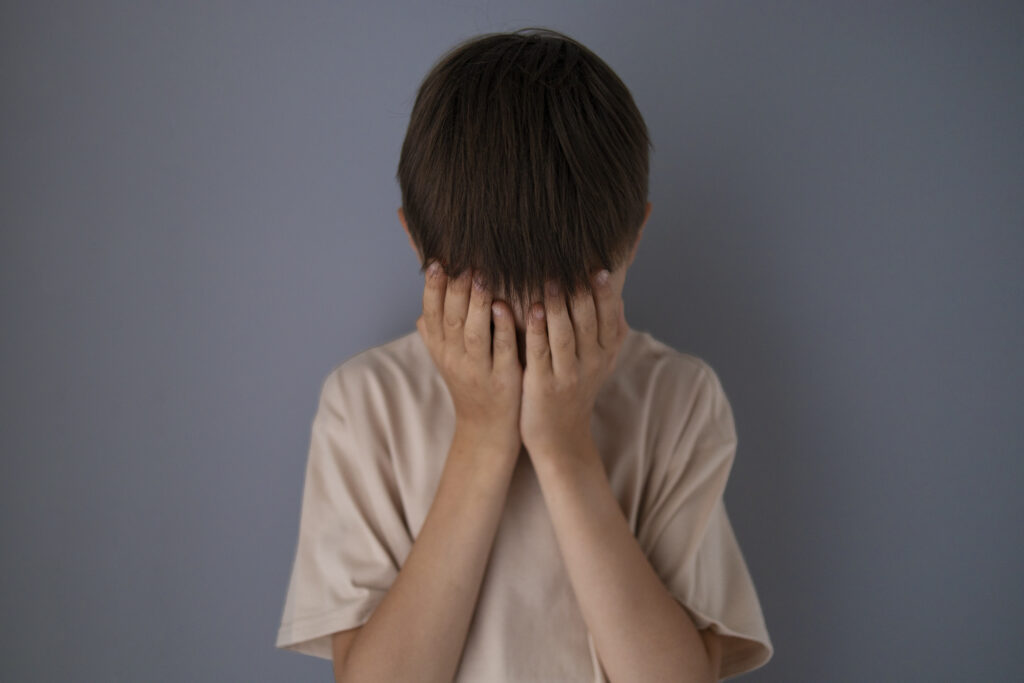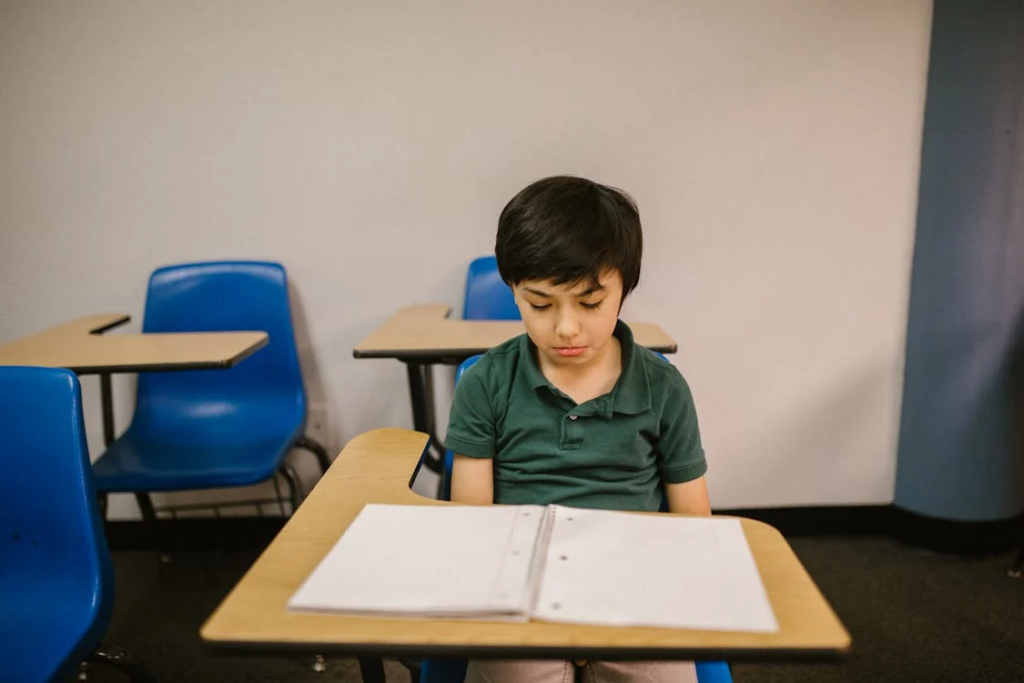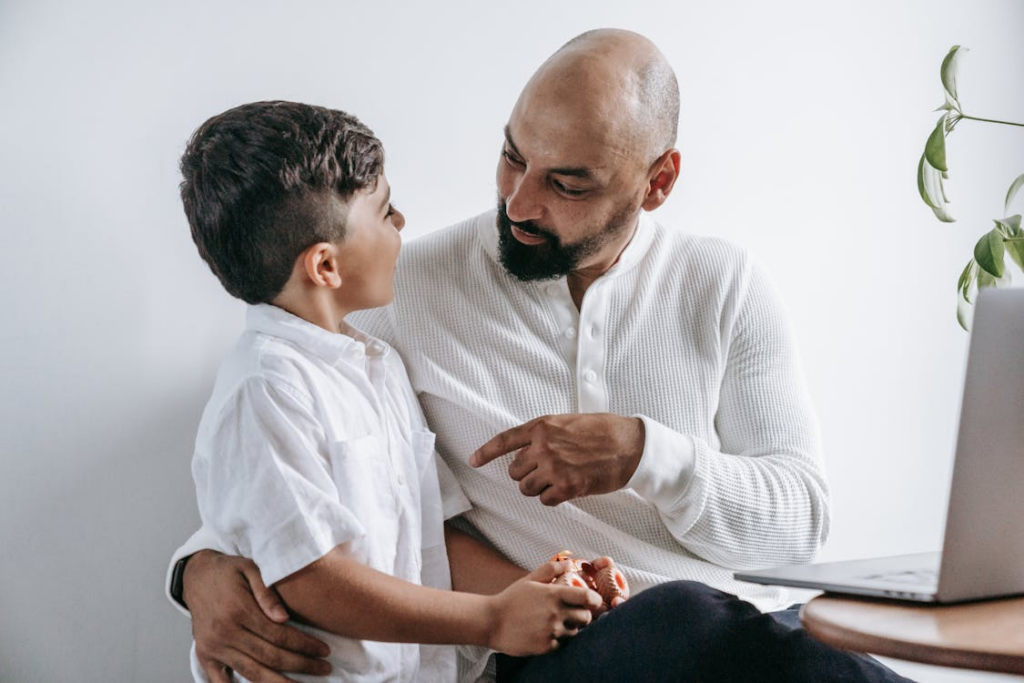"Punishment seeks control; consequence seeks to teach. The difference shapes how children grow."

When your child misbehaves, it’s normal to feel frustrated. You want them to listen, follow through, and behave in ways that make daily life smoother. In those moments, it’s easy to reach for discipline that feels immediate and firm.
That’s where the terms “punishment” and “consequence” often get mixed up. They’re commonly used as if they mean the same thing, but they don’t. One aims to teach, the other to control. How we respond can shape how our children learn to handle their own behavior.
What Are Consequences?

When we talk about consequences, we’re just talking about what happens as a result of something else. It’s the natural outcome that follows a specific action or behaviour. Think of it like this: if you touch a hot stove, your finger gets burned. If you stay up too late, you’re tired the next morning. If you forget your homework, you might get a zero. These are all examples of how actions naturally lead to outcomes. No one has to make it happen, it just does.
Natural consequences are often the best teachers. When kids experience the results of their choices on their own, they begin to understand how the world works. For example, if a child refuses to wear a jacket on a chilly day, they’ll feel cold. No lecture needed. Just a real-world lesson that sticks much better than a scolding.
That said, sometimes parents do need to step in. Not every situation allows for natural consequences to unfold safely or clearly. In those moments, consequences can be something a parent sets, like turning off the tablet after repeated warnings or having a child clean up a mess they made on purpose. The goal isn’t to punish or shame, but to guide. A well-thought-out consequence helps a child understand that their actions have outcomes and encourages them to think ahead next time.
Consequences work best when they’re connected, calm, and meant to teach, not just to get a child to do what you want in the moment. When used thoughtfully, they help build a child’s ability to make better choices, one experience at a time.
What Is Punishment?

Punishment is usually what comes to mind when we think about someone “getting in trouble.” It’s the idea that if a child does something wrong, they’ll face something unpleasant in return. Something that hurts, embarrasses, or scares them into not doing it again. The thinking behind it is: “If this feels bad enough, maybe they won’t do it next time.”
Punishment tends to focus on making a child suffer in some way, either physically, emotionally, or both. For example, a parent might yell at a child and send them to their room for hours after breaking something, or take away a favourite toy for a week without explaining why. These actions don’t really help the child understand their behaviour. Instead, they’re designed to bring discomfort or guilt, hoping that pain will bring change.
Punishment is often fueled by frustration or a need to regain control in the moment. When tempers are high, it’s easy to fall into the trap of reacting harshly, especially if a child has pushed boundaries repeatedly. However, when the focus is on making a child feel bad instead of helping them grow, it rarely leads to real learning. It just creates fear or resentment.
The Problem with Punishment

At first glance, punishment might seem effective. You might hear people say, “Timeout always shuts it down,” or “Yelling gets their attention, so it must be working.” Sure, those things might stop a behaviour in the moment. But that’s usually where the progress ends.
Punishment often comes across as payback, an emotional reaction to something a child did that upset or frustrated a parent. In some homes, it’s used when tensions are already high, which can create more stress and distance in the parent-child relationship. When kids are already feeling misunderstood or overwhelmed, adding punishment to the mix can push them even further away emotionally.
Some parents fall into a “my way or the highway” mindset. This strict, authoritarian approach may control behaviour in the short term, but it doesn’t help children grow. It doesn’t show them how to make better choices next time. Instead, they may feel ashamed or even confused, not just about what they did, but about who they are. Over time, this can chip away at a child’s sense of self-worth, which often leads to more misbehaviour, not less.
Another problem with punishment is that it doesn’t teach. It might stop a child because they’re afraid, not because they’ve learned a better way to handle the situation. They may avoid getting caught next time, rather than avoiding the behaviour itself. Children who are punished frequently may even learn to respond in kind by punishing others through yelling, blaming, or shutting down.
The goal shouldn’t just be about stopping a behaviour in the moment. It should be about helping kids understand their choices, take responsibility, and find better ways to manage their actions.
Why Consequences Work Better

Unlike punishment, consequences tend to be more effective because they focus on teaching rather than controlling. They help children see how their actions lead to real outcomes, which encourages responsibility and more thoughtful choices.
Natural consequences—things that happen on their own—can be especially helpful. When safe and appropriate, allowing these to happen helps children understand cause and effect in a way that feels fair and logical.
Consequences aren’t just about correcting negative behavior. They can be positive too. Giving rewards or positive outcomes reinforces good behavior. For example, if a child helps clean up without being asked, they might earn extra playtime or a special activity with you. This shows them that positive actions are noticed and appreciated.
While punishment often comes from frustration, consequences are meant to guide. They help children learn what went wrong, what they can do instead, and how to make better choices moving forward. Both positive and negative consequences should give children the chance to learn and try again.
What Are You Really Teaching?

Before reacting to your child’s behaviour, take a moment to pause and reflect. Ask yourself: Am I doing this to teach them something useful? Or am I doing it because I’m angry, frustrated, or overwhelmed? That split second of self-awareness can make a world of difference in how you respond and how your child experiences it.
It’s also worth thinking about what message your reaction is sending. Does your response help your child understand what went wrong and what they can do differently next time? Or are they being held to a standard they couldn’t realistically meet in the first place? Kids are still learning, and part of our job as parents is to guide them in a way that’s fair and clear, not crushing.
Your tone, body language, and choice of words all carry weight. A sharp voice, an eye roll, or a cold stare can quietly deliver messages like, “You’re a disappointment,” or “You’re not good enough.” That may not be your intention, but kids often absorb far more than the words being said.
Another question to consider: Will this teach them to avoid mistakes out of fear or help them grow into someone who learns from their actions? Responses based on fear or shame can create emotional distance. Over time, that can lead to damage that’s hard to undo both to their self-image and your relationship with them.
Lastly, think about what they’re really learning in the moment. Are they seeing a natural outcome of their choice? Or are they just learning to avoid upsetting you? Discipline should help a child understand how their actions affect the world around them, not just how to dodge punishment.
Taking a step back before reacting isn’t always easy, but it helps us respond with purpose, not just emotion, and that’s what helps kids grow in a way that feels safe, respectful, and lasting.
Check out more articles: My Teenager Hates Me and Nurturing Emotional Maturity as a Teenager

Leave a Reply